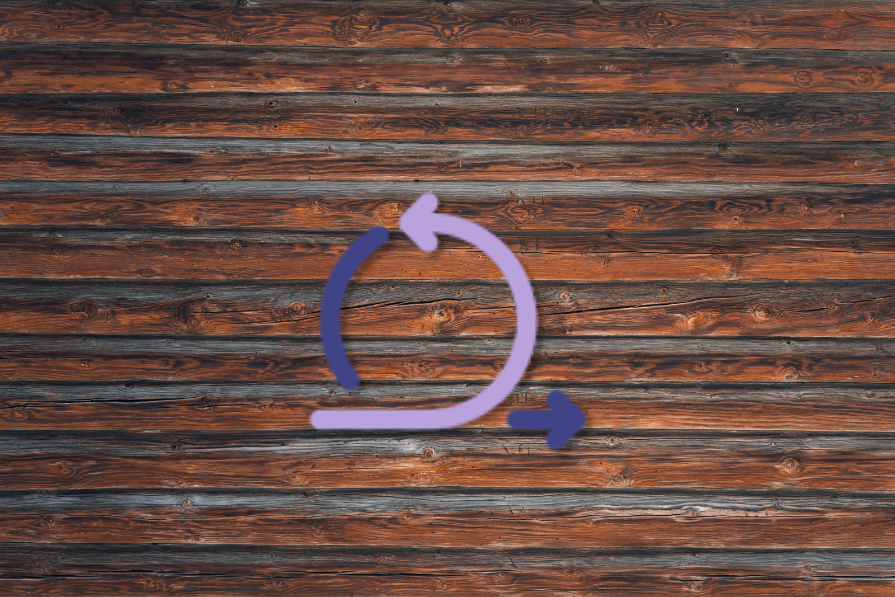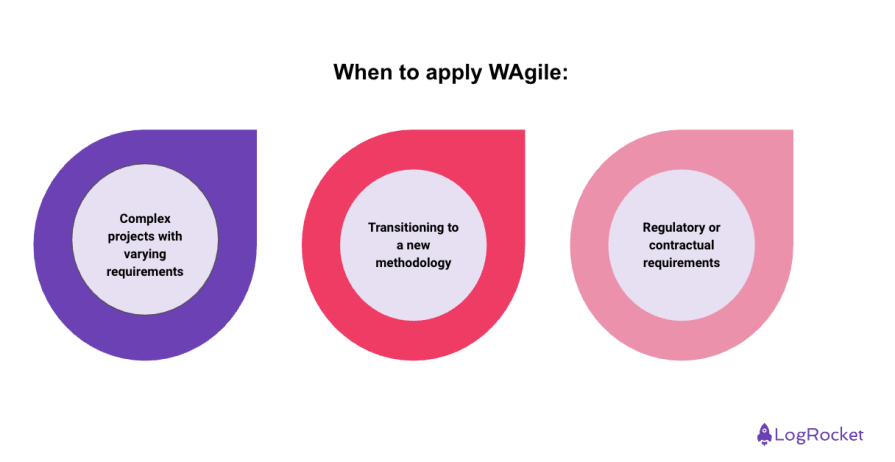When it comes to software development, you’ll often hear people argue about whether agile or waterfall methodologies are more effective. Agile relies on quick adaptation to gather data and pushing out product features little by little, whereas waterfall delivers a very specific output after a long, uninterrupted period of careful planning. While these might seem like two opposing methods, the truth is that very few development processes work exclusively with one or the other.

For instance, a client might want to check-in on your progress throughout a waterfall project or stakeholders could ask what the completed results of an agile project will be. Eitherway, in most cases, you need a mix of both methods to work practically in a real business setup. To accommodate for this, you can implement WAgile — a hybrid method that combines the principles of agile and waterfall.
Keep reading to learn more about the WAgile method, including its strengths and weaknesses, when to apply it, and best practices for its implementation.
WAgile is a hybrid project management methodology that integrates the structured, sequential phases of waterfall with the iterative, flexible practices of agile. The term “WAgile” is derived from blending waterfall and agile together.
WAgile leverages the strengths of both methodologies to create a more adaptable and efficient project management process.
To understand WAgile, you first need to have a sense of how the two parts work on their own. The basis of waterfall includes:
Unlike waterfall, agile delivers incremental product releases that you adapt to customer feedback. The method includes:
When you combine waterfall and agile, you get the best of both worlds. This enables:
In comparison to its “parents,” WAgile exhibits the following:
Some projects operate better in a pure agile environment (new startup), and some perform better using waterfall (developing drivers for a new piece of hardware). Given that, where would Wagile be a good fit? These tend to be the best use cases:

A large-scale software development project with multiple phases and diverse requirements can benefit from this approach. Initial planning and design can follow waterfall, while development and testing phases adopt agile practices to handle changing requirements and feedback. As a result, you allow the high-level outcomes to be defined and documented early on, and then the details to emerge on the way via agile.
An organization transitioning from waterfall to agile can use WAgile to gradually introduce agile practices. This allows teams to adapt to the new methodology without a hard cutover, reducing resistance and ensuring a smoother transition. By doing so, you avoid a band-aid approach.
If you have a project with strict regulatory or contractual requirements, use WAgile to ensure compliance while maintaining flexibility. Waterfall helps with the documentation and compliance phases, while agile can handle development and day-to-day operations. It can also facilitate shorter phases (use sprints for that) to ensure the client that the project is going according to plan.
Now that you have a sense of WAgile, you can implement it into your projects with the following steps:
When it comes to WAgile, try to use these best practices to ensure a successful adoption:
While the name WAgile may sound outlandish, you probably have already used the method without even knowing. In a mature company, an agile project always needs a plan, expectation setting, and a deadline. On the other hand, no waterfall project works without any user feedback.
WAgile represents a whole spectrum of project management approaches that bridge the gap between waterfall and agile. This enables you to customize the method to your own use case so that you don’t find yourself limited by out of the box solutions. Try it out for yourself today!
Featured image source: IconScout

LogRocket identifies friction points in the user experience so you can make informed decisions about product and design changes that must happen to hit your goals.
With LogRocket, you can understand the scope of the issues affecting your product and prioritize the changes that need to be made. LogRocket simplifies workflows by allowing Engineering, Product, UX, and Design teams to work from the same data as you, eliminating any confusion about what needs to be done.
Get your teams on the same page — try LogRocket today.

Most teams fail at autonomy. Learn how clear rules help product teams move faster without micromanagement.

A practical framework for PMs to use AI in ideation without sacrificing judgment, strategy, or decision quality.

A practical five minute revenue estimation method to help product managers compare ideas, drop low impact features, and prioritize smarter.

A practical guide for PMs who want to stop being bottlenecks, delegate smarter, and lead teams effectively with a clear ownership framework.